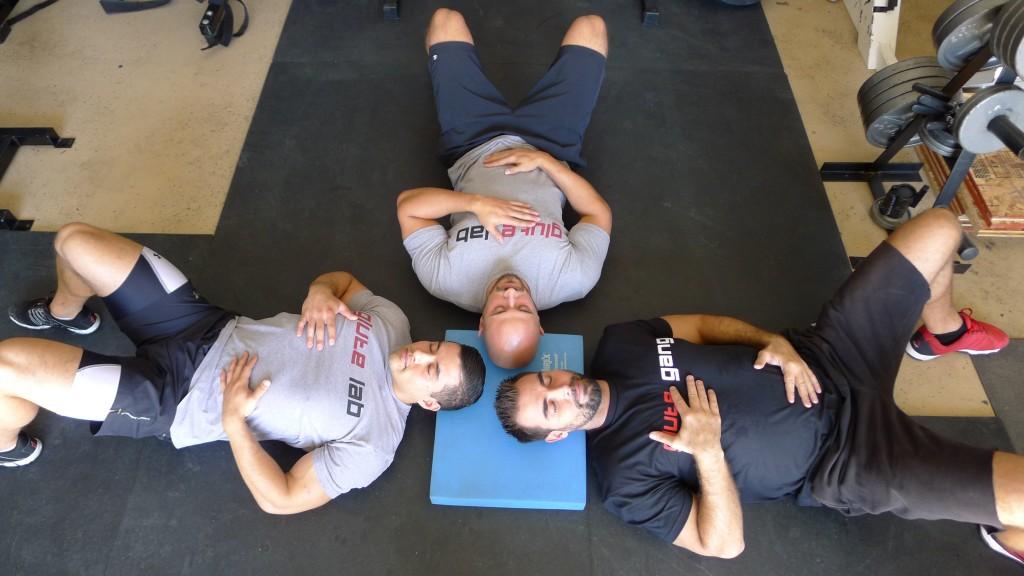It has long been known that breathing affects heart rate variability (HRV). This is also true for your sporting performance. Athletes often practice breathing exercises to improve lung capacity and increase blood oxygenation. Performing breathing exercises helps athletes to relax and to alleviate anxiety. You can enhance athletic performance by doing breathing exercises before strenuous exercise or any time you feel anxious or tired. Breathing exercises also strengthen the chest and diaphragm.
In this installment of our Tuesday Tip series we will focus on diaphragmatic breathing. Diaphragmatic breathing utilises negative pressure in the lungs to pull air down into the lungs. When the diaphragm contracts, the lungs fill with air, which causes the abdomen to expand. For athletes it’s good to get in to the habit of breathing this way since it will help you take in lots of oxygen during physical activities, hopefully preventing dizziness and nauseousness.
Diaphragmatic breathing is also the best way to complete your ithlete measurement. Not familiar with it? If so we recommend you read on for some helpful diaphragmatic breathing tips!
The good news is that with a little training you can learn, or relearn, diaphragmatic breathing that can transform not only your health but also improve your athletic performance. The step-by-step guide below can be performed either sitting or lying down but ensure your head is fully supported.
- Sit or lay down comfortably, with your knees bent and your shoulders, head and neck relaxed.
- Place one hand on your upper chest and the other just below your rib cage. This will allow you to feel your diaphragm move as you breathe.
- Breathe in slowly through your nose so that your stomach moves out against your hand. The hand on your chest should remain as still as possible.
- Tighten your stomach muscles, letting them fall inward as you exhale through pursed lips The hand on your upper chest must remain as still as possible.
There is no doubt about it, diaphragmatic breathing performed the right way can give you a feeling of relaxed energy. If you are feeling stressed or tense, like before the start of a race for example. Try to relax and visualise your breath flowing into and out of the deepest part of your lungs.
Finally, if you follow these tips, breathing with your diaphragm instead of your chest will become natural…. as natural as breathing.

